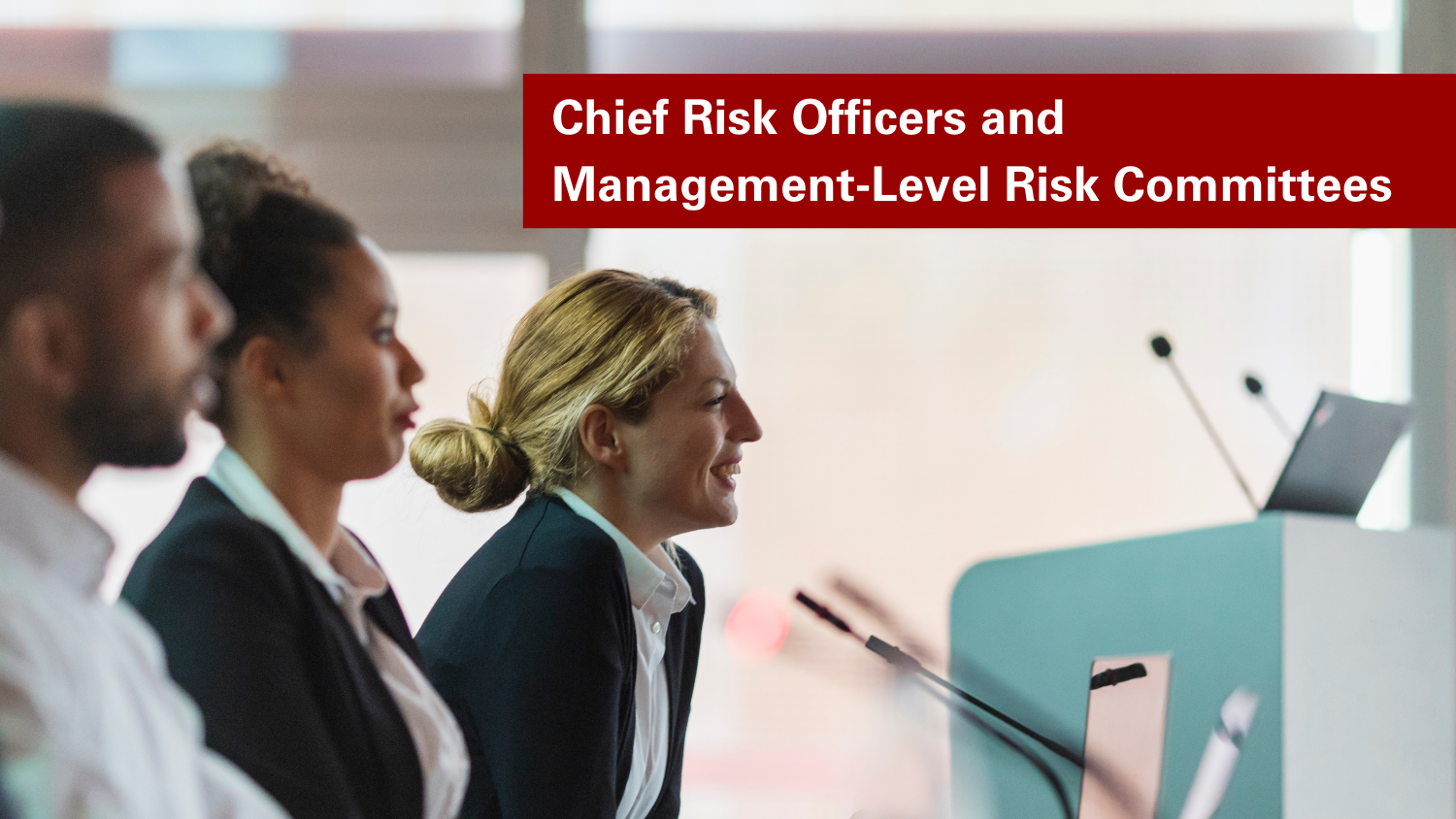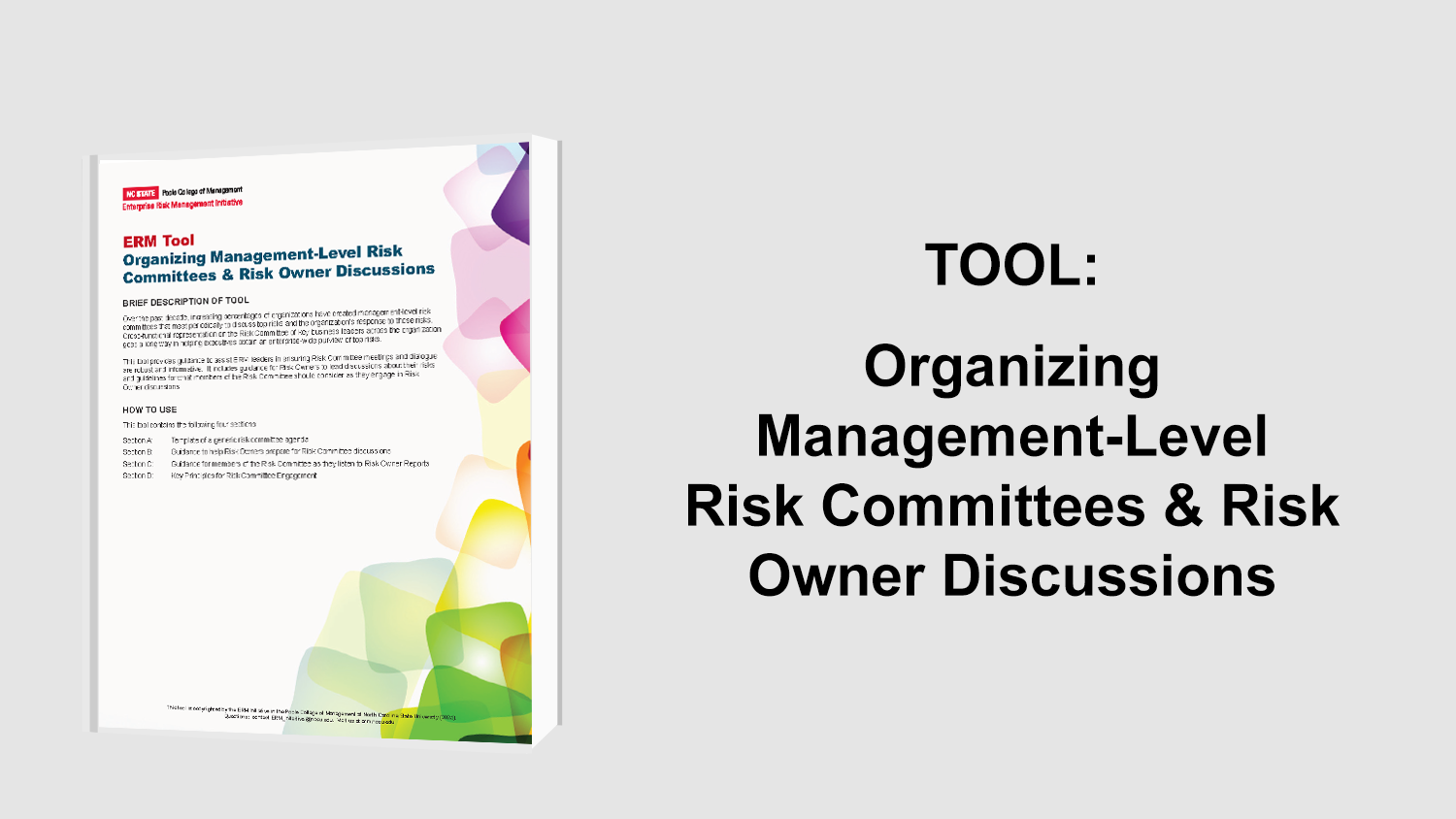Developing Contingency Plans

Bonnie Hancock, executive director of Enterprise Risk Management (ERM) Initiative, breaks down how organizations can utilize contingency planning in preparation for unexpected events, like the pandemic.
“The level of uncertainty we face today is really unprecedented,” said Hancock. “It’s really difficult to get a handle on what the future may hold.”
What is Contingency Planning?
Contingency planning is a proactive strategy that helps businesses anticipate and respond to unexpected risks. By identifying critical disruptions and establishing a response plan, organizations can navigate crises more effectively and reduce the impact of uncertainties.
There are three key elements to an effective contingency plan:
1. Identifying Potential Contingencies
The first step in contingency planning is recognizing the most significant risks that could disrupt operations. These may include:
- Economic downturns
- Supply chain disruptions
- Cybersecurity threats
- Natural disasters
- Regulatory changes
By identifying these risks early, organizations can develop targeted responses to mitigate their impact.
2. Developing a Comprehensive Action Plan
Once key contingencies are identified, organizations must establish a detailed risk and management strategy, which includes:
- Defining response actions for each scenario
- Assigning roles and responsibilities to key stakeholders
- Outlining necessary resources for implementation
- Establishing a clear timeline for executing the plan
Having a structured response plan ensures that teams know exactly what to do in the event of a crisis, reducing downtime and minimizing damage.
3. Establishing Trigger Points for Action
A trigger point is a predefined threshold or condition that signals when contingency plans should be activated. These triggers help organizations:
- React swiftly to emerging threats
- Avoid delayed decision-making
- Ensure timely risk responses
By setting clear trigger points, businesses can move from reactive crisis management to proactive risk management strategies.
Why Contingency Planning is Critical for ERM
An effective Enterprise Risk Management (ERM) framework incorporates contingency planning as a fundamental strategy to enhance resilience. Organizations that invest in contingency planning can:
- Improve risk visibility and preparedness
- Minimize financial and operational disruptions
- Strengthen decision-making under uncertainty
- Increase stakeholder confidence and trust
By integrating contingency planning into their overall ERM strategy, organizations can gain greater peace of mind and confidence in navigating today’s unpredictable business landscape.
Take Action: Strengthen Your Organization’s Contingency Plan
Does your organization have a structured contingency plan in place? Proactive planning is key to ensuring your business remains resilient in the face of uncertainty.
To learn more about effective risk and management strategies, explore additional ERM resources from NC State’s ERM Initiative.
- Types:


